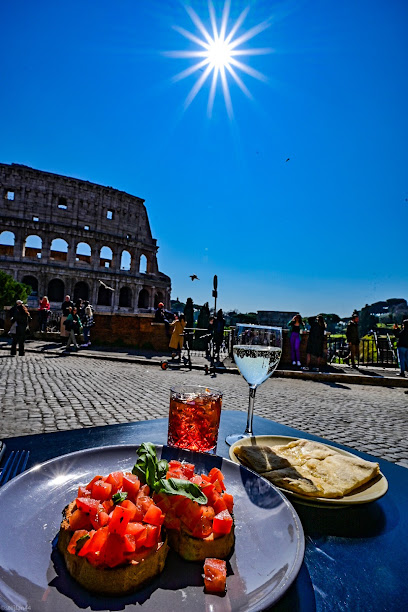
Porta Latina: A Gateway to Ancient Rome
Discover the historic Porta Latina, a magnificent gate of ancient Rome nestled in the Aurelian Walls, a must-visit for history enthusiasts.
Step into history at Porta Latina, a stunning historical landmark nestled within the Aurelian Walls of Rome. This ancient gate, dating back to the 3rd century, offers visitors a glimpse into the grandeur of the Roman Empire. As you explore this architectural marvel, you'll be captivated by its intricate design and rich history, making it a must-see for any tourist seeking to understand the timeless beauty of Rome.
A brief summary to Porta Latina
- Aurelian Walls, Via di Porta Latina, 14, Rome, Metropolitan City of Rome Capital, 00179, IT
- +39060608
- Visit website
- Monday 12 am-12 am
- Tuesday 12 am-12 am
- Wednesday 12 am-12 am
- Thursday 12 am-12 am
- Friday 12 am-12 am
- Saturday 12 am-12 am
- Sunday 12 am-12 am
Local tips
- Visit early in the morning or late in the afternoon to avoid crowds and capture stunning photos in soft light.
- Combine your visit to Porta Latina with a stroll along the Aurelian Walls for a fuller historical experience.
- Take a guided tour to learn more about the historical significance and architectural details of the gate.
- Wear comfortable shoes as the surrounding area may require some walking to fully appreciate the historical context.
Getting There
-
Metro
Start your journey at any metro station in Rome. If you're near the central area, head to 'Termini' station and take Line A (the red line) towards 'Anagnina'. After 5 stops, get off at 'San Giovanni' station. From 'San Giovanni', exit the station and turn left onto 'Via Appia Nuova'. Continue walking straight until you reach 'Piazza San Giovanni in Laterano'. From there, head to 'Via di Porta Latina', which is about a 10-minute walk. Follow 'Via di Porta Latina' and you'll arrive at Porta Latina.
-
Bus
Locate a nearby bus stop and take bus number 105, which travels towards 'Porta Furba'. Ride for approximately 15 minutes and get off at the 'Porta San Giovanni' stop. From there, walk towards 'Piazza San Giovanni in Laterano' and continue onto 'Via di Porta Latina' for about 10 minutes until you reach Porta Latina.
-
Walking
If you're close to the Colosseum, head southeast towards 'Via di San Giovanni in Laterano'. Walk along this street until you reach 'Piazza San Giovanni in Laterano'. Continue along 'Via di Porta Latina' for about 10 minutes, and you will find Porta Latina at the end of this road.
-
Tram
Find the nearest tram station and take tram line 3 towards 'Valle Giulia'. Get off at the 'Piazza di Porta Maggiore' stop. From there, walk towards 'Via di Porta Maggiore', which leads you to 'Via di Porta Latina'. Continue along this road for about 15 minutes, and you will arrive at Porta Latina.
Discover more about Porta Latina
Iconic landmarks you can’t miss
Piazza Epiro
0.3 km
Explore the serene beauty of Piazza Epiro, a charming square in Rome, where local culture meets stunning architecture and vibrant city life.
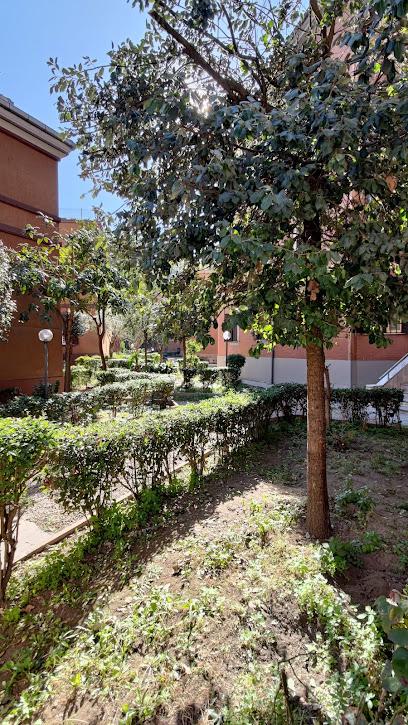
Lateran Baptistery
1.1 km
Discover the Lateran Baptistery, a historical marvel in Rome showcasing stunning mosaics and the essence of early Christianity.
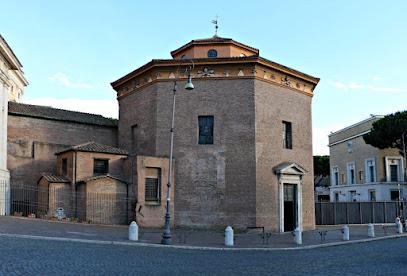
Piazza dei Re di Roma
1.2 km
Discover the vibrant ambiance and rich culture of Piazza dei Re di Roma, a must-visit square in the heart of the Eternal City.
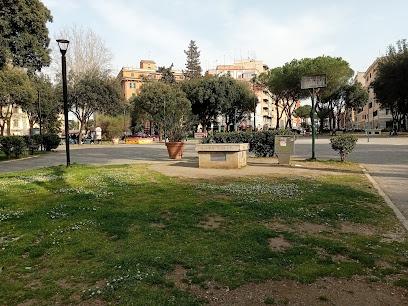
Celio
1.3 km
Explore Celio, Rome's captivating neighborhood filled with history, stunning architecture, and delicious local cuisine for a unique travel experience.

Basilica Santi Giovanni e Paolo
1.3 km
Discover the Basilica Santi Giovanni e Paolo, a historical masterpiece in Rome showcasing stunning mosaics, serene ambiance, and rich artistic heritage.
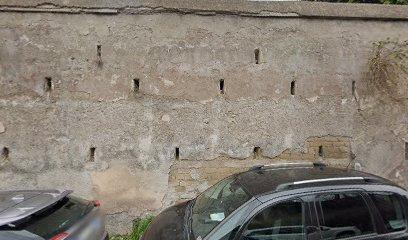
Case Romane del Celio
1.4 km
Discover the hidden treasures of ancient Rome at Case Romane del Celio, where history, art, and architecture converge in a captivating experience.

Via Marco Aurelio, 30
1.4 km
Explore the enchanting Via Marco Aurelio, a vibrant street in Rome blending history, culture, and local charm for an unforgettable experience.
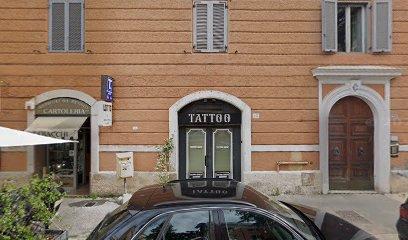
Basilica of San Clemente
1.5 km
Explore Rome's Basilica of San Clemente, a stunning historical site revealing layers of ancient history and exquisite art in the heart of the Eternal City.
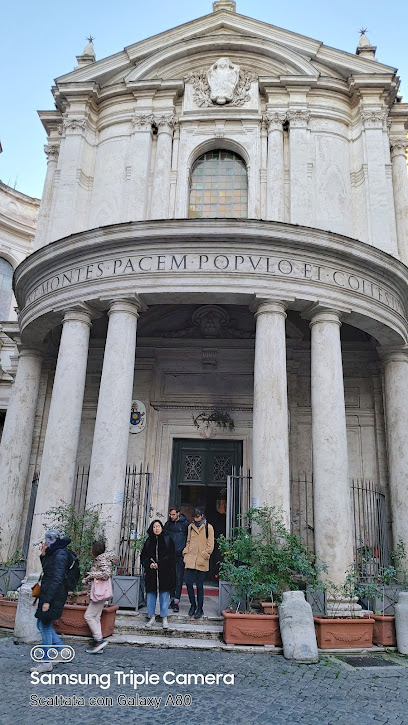
Unmissable attractions to see
The Basilica of St. John at the Latin Gate
0.1 km
Explore the Basilica of St. John at the Latin Gate, a serene Catholic church in Rome rich in history and stunning architecture.
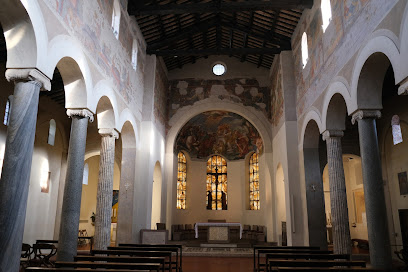
Parco degli Scipioni
0.1 km
Discover the serene beauty and historical charm of Parco degli Scipioni, a tranquil oasis in the heart of Rome perfect for relaxation and exploration.
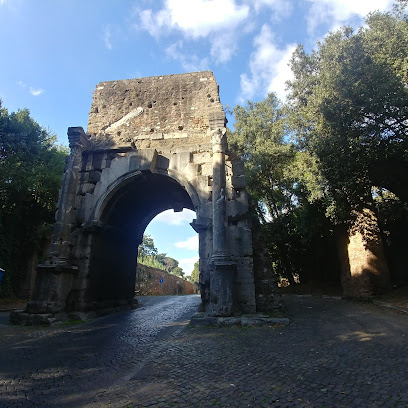
Sepolcro degli Scipioni
0.2 km
Discover the sepulchre of the Scipios in Rome, a historical landmark that unveils the grandeur of ancient Roman funerary architecture.
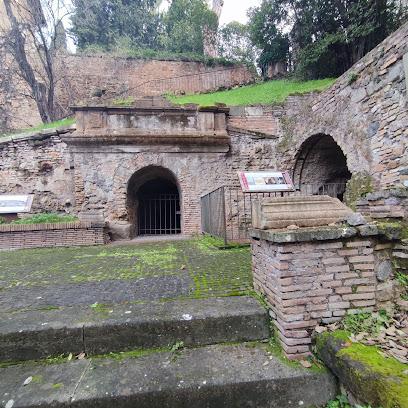
Arch of Drusus
0.3 km
Explore the Arch of Drusus, a stunning historical landmark in Rome that showcases ancient Roman architecture and rich cultural heritage.
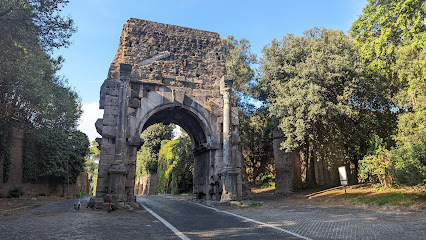
Via di Porta Latina
0.3 km
Experience the authentic charm of Rome at Via di Porta Latina, a tranquil street steeped in history and vibrant local culture.
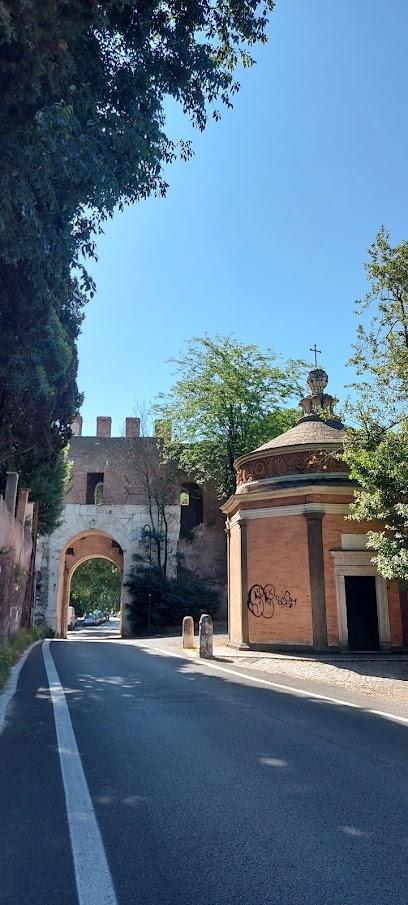
Aurelian Walls
0.3 km
Discover the magnificent Aurelian Walls of Rome, a historic fortress that offers breathtaking views and a glimpse into the city's ancient past.

Porta San Sebastiano
0.3 km
Explore the majestic Porta San Sebastiano, a historical landmark in Rome that embodies the city's ancient glory and architectural brilliance.

Museo delle Mura
0.4 km
Discover the rich history of Rome's fortifications at Museo delle Mura, where ancient architecture meets captivating storytelling.
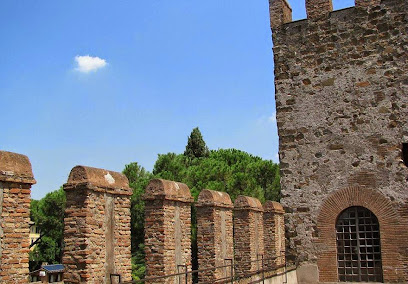
Chiesa San Cesareo de Appia
0.5 km
Discover the historic Chiesa San Cesareo de Appia, a serene Catholic church in Rome, rich in art and spiritual heritage.
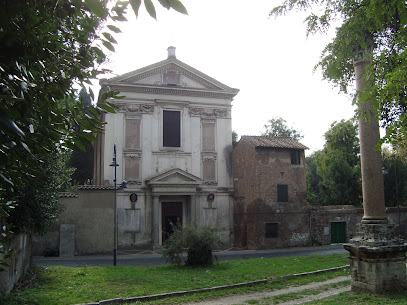
Caelian Hill
0.8 km
Explore the tranquil beauty and rich history of Caelian Hill, a hidden gem among Rome's famed Seven Hills, perfect for relaxation and discovery.
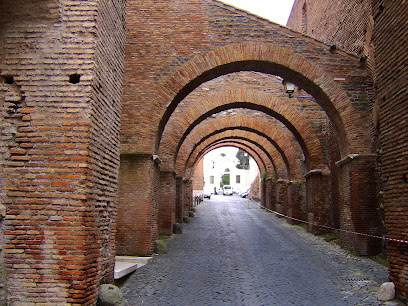
Rome Gladiator School - 'Gruppo Storico Romano'
0.8 km
Experience the thrill of ancient Rome at the Rome Gladiator School, where history and adventure come together in an unforgettable training experience.
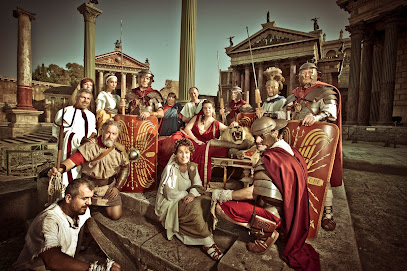
Baths of Caracalla
0.9 km
Explore the grandeur of ancient Rome at the Baths of Caracalla, a monumental testament to Roman engineering and leisure culture.

Parco della Caffarella. Ingresso pedonale di Via Lidia ang. Via Centuripe
0.9 km
Explore the natural beauty and historical treasures of Parco della Caffarella, a serene park in the heart of Rome perfect for leisurely strolls and picnics.
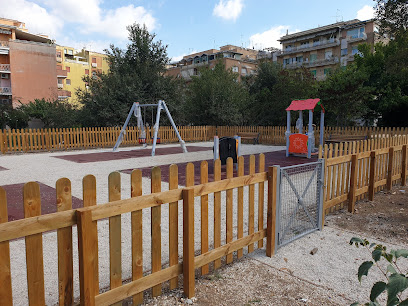
Parco Regionale dell'Appia Antica
0.9 km
Explore the historic Parco Regionale dell'Appia Antica, a serene park in Rome that blends nature with ancient ruins along the iconic Appian Way.
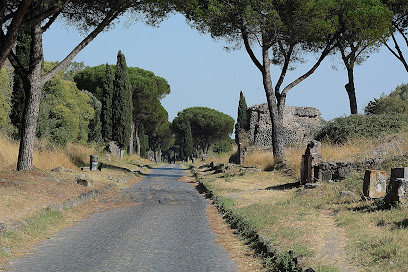
Statua dell'antica Roma
0.9 km
Discover the grandeur of ancient Roman artistry at the Statua dell'antica Roma, a must-see tourist attraction in the heart of Rome.
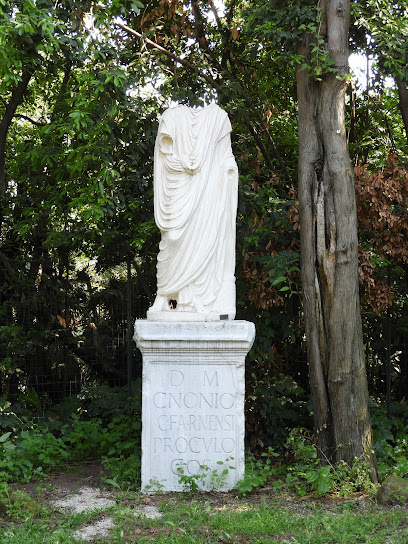
Essential places to dine
Contrario. Vineria con Cucina.
1.5 km
Discover Contrario: A top Italian dining destination in Rome offering innovative dishes and an extensive wine selection.
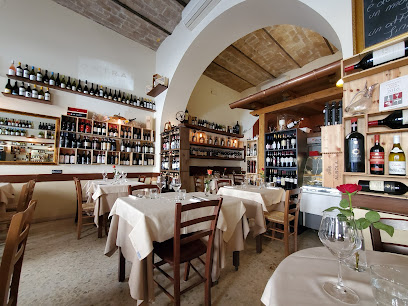
Pasqualino Al Colosseo srl
1.5 km
Discover authentic Italian cuisine at Pasqualino Al Colosseo, where every dish tells a story against the backdrop of Rome's historic landmarks.
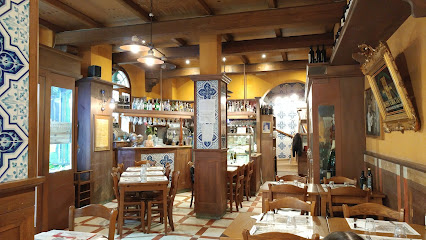
Osteria Angelino dal 1899
1.6 km
Experience authentic Roman cuisine at Osteria Angelino dal 1899 - where tradition meets flavor in every dish.
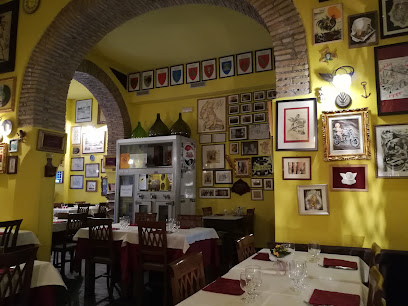
Divinostilia food&winebar
1.6 km
Experience authentic Italian flavors and exquisite wines at Divinostilia Food & Wine Bar in the heart of Rome.
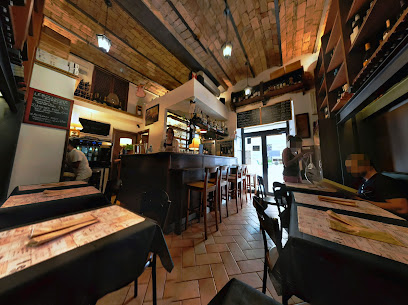
Il Salotto del Colosseo
1.6 km
Experience authentic Italian cuisine at Il Salotto del Colosseo, where every dish tells a story amidst stunning views near Rome's historic landmark.
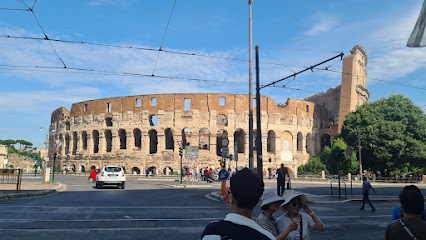
Hostaria Al Gladiatore
1.6 km
Experience authentic Italian dining at Hostaria Al Gladiatore near Rome's iconic Colosseum - where tradition meets flavor.
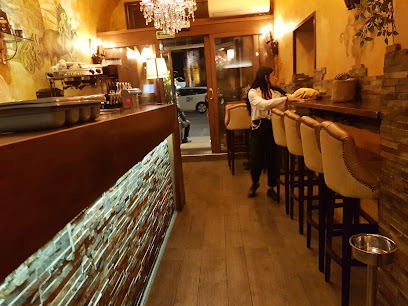
Aroma
1.6 km
Experience exquisite Italian dining at Aroma with stunning views of the Colosseum in Rome.
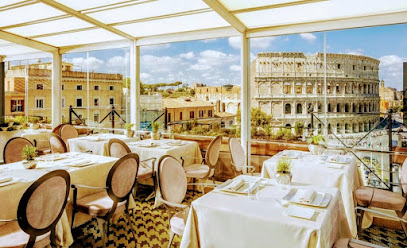
Ristorante Caffè Martini & Rossi
1.6 km
Experience exquisite Italian cuisine at Ristorante Caffè Martini & Rossi with stunning views of the Colosseum in Rome.
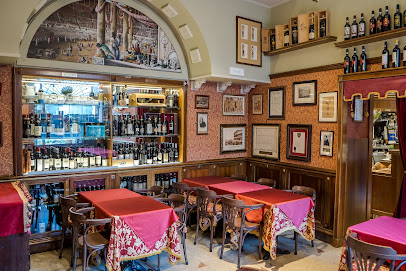
Ristoro Della Salute
1.6 km
Experience authentic Italian cuisine at Ristoro Della Salute, just steps from Rome's Colosseum - where tradition meets inclusivity.
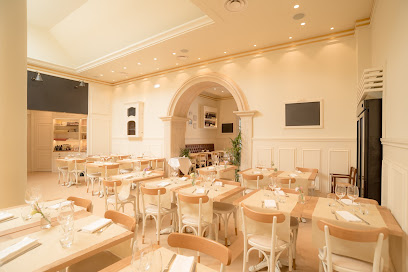
RoYaL Art Cafè
1.6 km
Discover RoYaL Art Cafè - where exquisite Italian cuisine meets artistic ambiance near Rome's historic Colosseum.
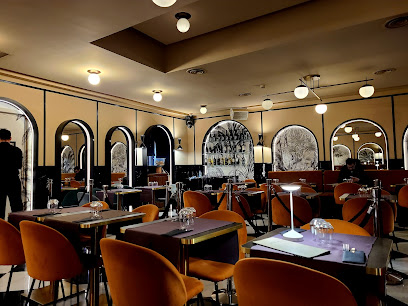
Ristorante Apuleius
1.7 km
Experience exquisite Italian cuisine at Ristorante Apuleius - where tradition meets modern elegance in the heart of Rome.
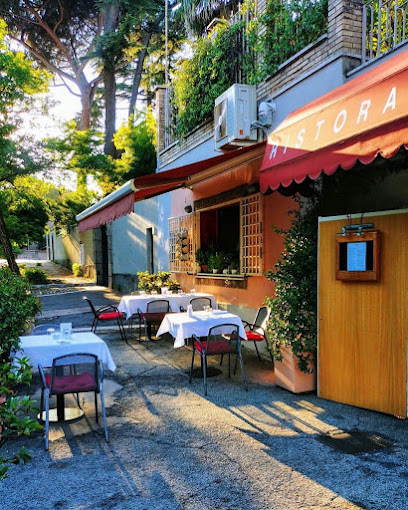
Hostaria da Nerone
1.9 km
Experience the essence of Rome at Hostaria da Nerone with authentic dishes that celebrate Italy's rich culinary heritage.

Ristorante Ad hoc
2.0 km
Experience authentic Italian cuisine at Ristorante Ad hoc in Rome – where every meal is a celebration of flavor and tradition.
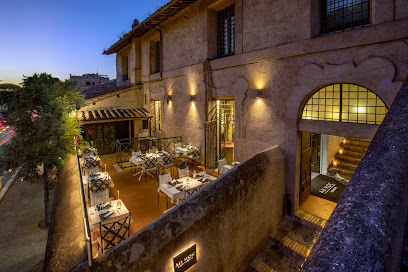
Taverna dei migliori
2.1 km
Experience authentic Italian cuisine at Taverna dei Migliori in Rome – where tradition meets flavor in every dish.
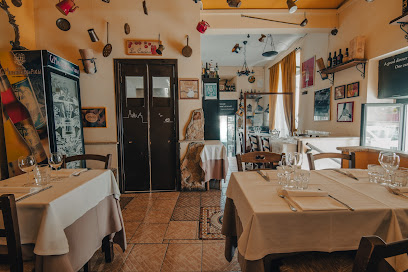
Iari The Vino
2.1 km
Experience authentic Italian cuisine at Iari The Vino in Rome - home to exquisite ravioli and warm hospitality.
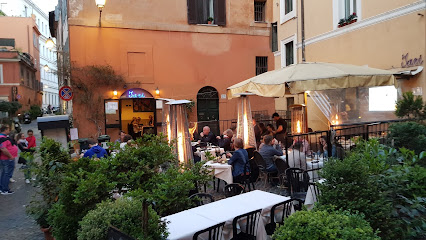
Markets, malls and hidden boutiques
Pifebo Vintage Shop - Valeri
0.8 km
Explore the charm of vintage fashion at Pifebo Vintage Shop in Rome, where every piece tells a story and reflects the city's rich style history.

Luis colletion
0.9 km
Discover exquisite Italian footwear at Luis Collection, the premier shoe store in the heart of Rome, where style meets craftsmanship.

FreeTime Shoes
0.9 km
Discover stylish footwear at FreeTime Shoes in Rome, perfect for every adventure and elegant enough for evening strolls.

Be-Fan Music Market
0.9 km
Explore Be-Fan Music Market in Rome for a unique blend of fashion and music, where every piece tells a story.

Coin
1.1 km
Explore Coin, a premier dress store in Rome, offering a stylish selection of fashion, cosmetics, and accessories for a complete shopping experience.

Cisalfa Sport Roma Largo Brindisi
1.2 km
Discover Cisalfa Sport in Rome for premium sporting goods, from apparel to equipment, perfect for the active traveler exploring the Eternal City.
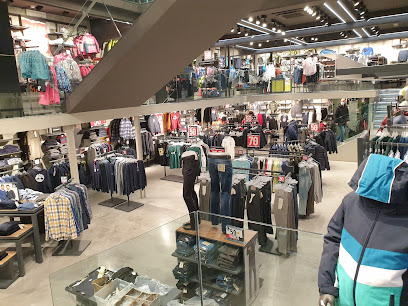
Civico 5 abbigliamento uomo
1.5 km
Explore Civico 5, Rome's premier men’s clothing store, featuring stylish apparel and accessories that blend modern trends with classic Italian elegance.
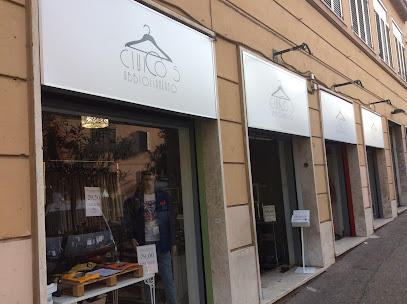
Memento Lab
1.7 km
Explore Memento Lab, a chic clothing store in Rome offering formal wear, handbags, and stylish accessories for the modern traveler.

Dressers Store Roma - Abbigliamento Casual
1.7 km
Discover the stylish essence of Rome at Dressers Store Roma, your ultimate destination for casual clothing and Italian fashion.

Sitenne Vintage Store
1.9 km
Explore Sitenne Vintage Store in Rome for unique vintage finds, bridal attire, and theatrical costumes that offer a glimpse into fashion history.
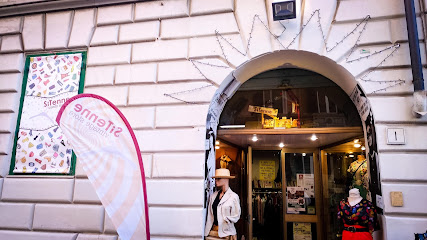
SHOP IN LONDON
2.1 km
Explore a vintage clothing store in Rome, where every piece is a unique treasure, perfect for style seekers and fashion lovers.

Roma Vintage Boutique
2.1 km
Explore unique vintage women's clothing and immerse yourself in the charm of Rome at Roma Vintage Boutique, a must-visit for fashion lovers.

souvenir shop
2.1 km
Explore a delightful souvenir shop in Rome, offering unique mementos and local crafts that embody the city's rich culture and history.
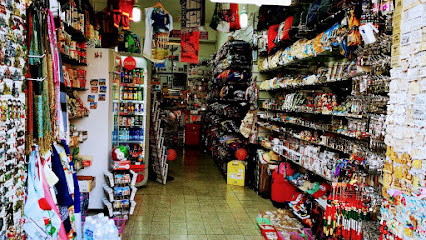
souvenir store
2.1 km
Explore an enchanting souvenir store in Rome offering unique gifts and local treasures that capture the spirit of the Eternal City.
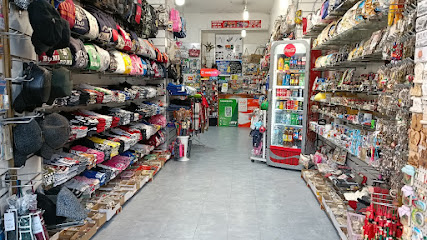
King Size Vintage
2.2 km
Shop unique vintage clothing at King Size Vintage in Rome, where every piece has a story and timeless style awaits.
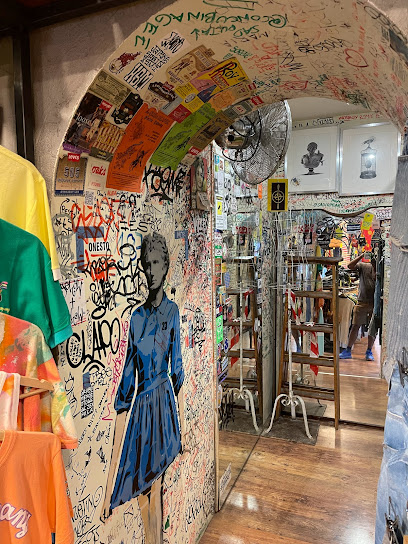
Essential bars & hidden hideouts
Rock Side
0.9 km
Experience the vibrant fusion of dining and entertainment at Rock Side, a must-visit bistro in the heart of Rome.
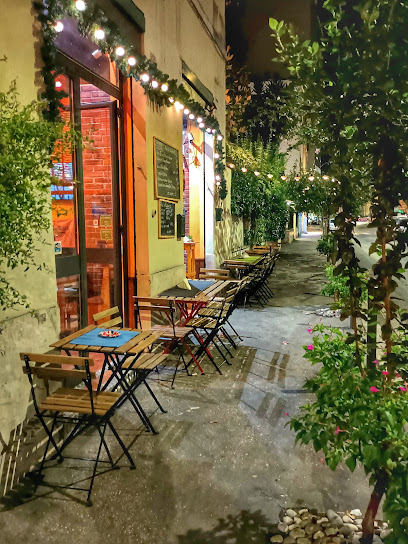
Nice Bar
1.0 km
Discover the vibrant atmosphere of Nice Bar in Rome, where affordable drinks and local charm meet for an unforgettable evening.
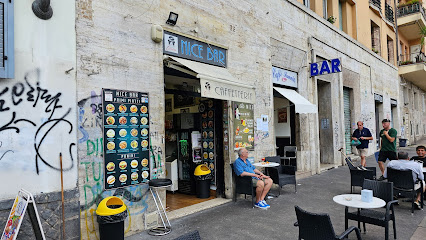
Salotto Stadlin
1.2 km
Discover the vibrant tastes of Italy at Salotto Stadlin, Rome's premier gastropub for small plates and cocktails.
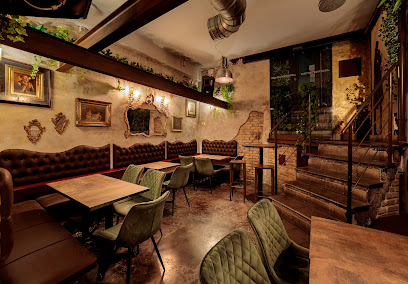
Enoteca Colosseo
1.4 km
Experience the finest Italian wines at Enoteca Colosseo, a charming wine bar in the heart of Rome, blending culture, flavor, and ambiance.

The Barber Shop
1.4 km
Discover The Barber Shop - Rome's vibrant cocktail bar offering expertly crafted drinks and a lively atmosphere in a unique speakeasy setting.
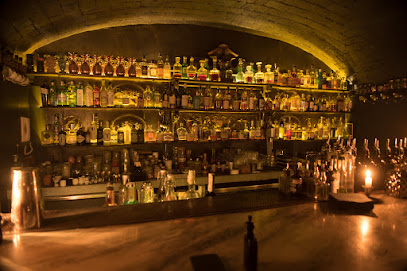
The Race Club
1.4 km
Experience the elegance of The Race Club, Rome's premier cocktail bar, where expert mixology meets luxurious ambiance for an unforgettable night.

Latte Più
1.5 km
Experience the vibrant atmosphere of Latte Più, a popular pub in Rome offering a wide selection of drinks and a lively ambiance.
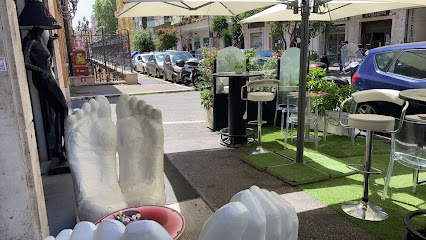
Colosseum Bar
1.6 km
Discover Colosseum Bar, where Rome's vibrant cocktail and coffee culture come alive in a stylish setting, perfect for tourists seeking local flavors.

The Court Bar. Palazzo Manfredi
1.6 km
Experience the epitome of Roman elegance at The Court Bar, where handcrafted cocktails meet stunning views of the Colosseum.

Coming Out
1.6 km
Discover the vibrant atmosphere of Coming Out, a renowned gay bar and restaurant in Rome, where inclusivity and nightlife come together.

JIGGER -Cocktail Bar & Food-
1.7 km
Experience the vibrant nightlife at JIGGER - Cocktail Bar & Food, where exquisite cocktails and Italian delicacies come together in the heart of Rome.

Blind Pig
1.8 km
Experience the best of Rome's nightlife at Blind Pig, a cocktail bar and restaurant offering creative drinks and a vibrant atmosphere.

Oppio Caffè
1.8 km
Experience the authentic taste of Italy at Oppio Caffè, a delightful café in Rome offering exquisite dishes, refreshing cocktails, and a vibrant atmosphere.
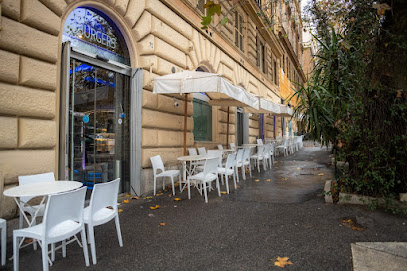
Voodoo Bar
1.9 km
Experience the vibrant nightlife of Rome at Voodoo Bar, known for its eclectic cocktails and lively atmosphere.
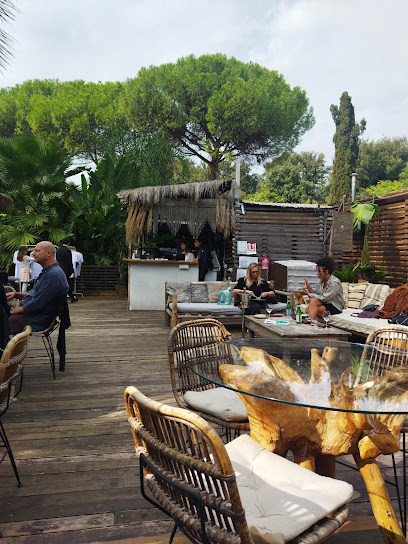
Caffè Roma
1.9 km
Experience the charm of Caffè Roma - a cozy coffee shop near the Colosseum, perfect for a delightful break in Rome.
